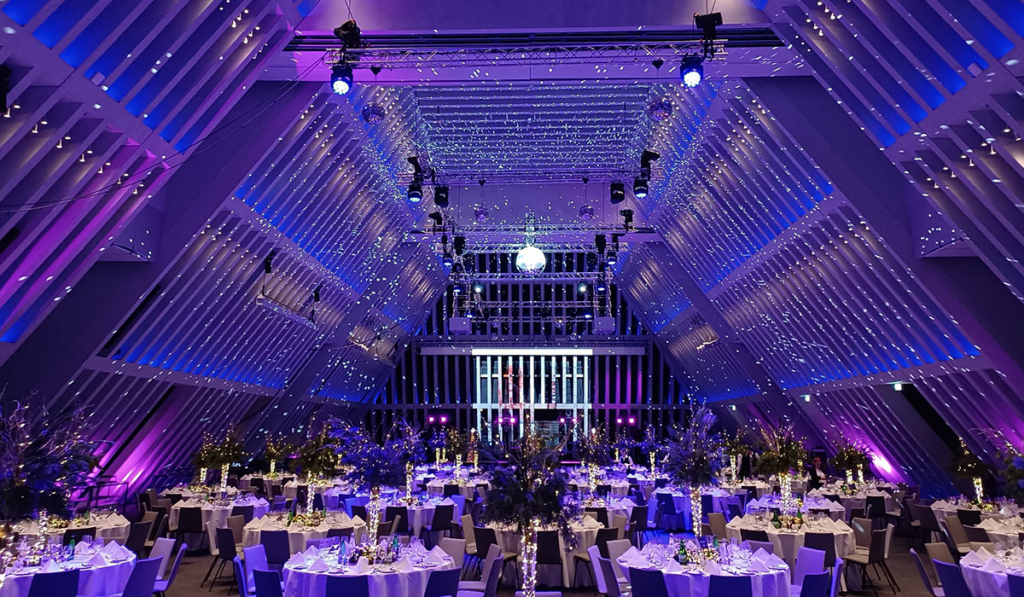
30 Mar Harness the Evocative Power of Touch, Taste and Smell to Create Multi-Sensory Events
How to enhance learning, memory and mood with the cross-connection of senses
Marcel Proust’s masterpiece Remembrance of Things Past begins with the narrator enjoying the taste, touch and smell of a cookie dipped in tea. That simple multisensory experience transports him back in time to his childhood, kicking off an epic multi-volume adventure. Similarly, what participants touch, taste and smell at your event can evoke positive memories and emotions, making your event unforgettable.
There’s a deep connection between what we experience through our senses and how we learn, process emotions and relate to others. Think about babies and small children. When they are upset, they are comforted by touch or swaddling. When they are curious about what something is, they shove it in their mouth. And how willing they are to eat something is directly proportional to how it smells. Clearly, when we were small, we learned about the world by feeling, tasting and smelling it. We may be older, but those senses still inform how we feel about environments, people and experiences. That’s why it’s crucial to incorporate sensory information into your event experience. In the first part of our series, we shared how sound affects audience engagement. Read on to learn more about how touch, taste and smell can be incorporated into your event design to enhance the experience.
The effect of touch on social connection and learning
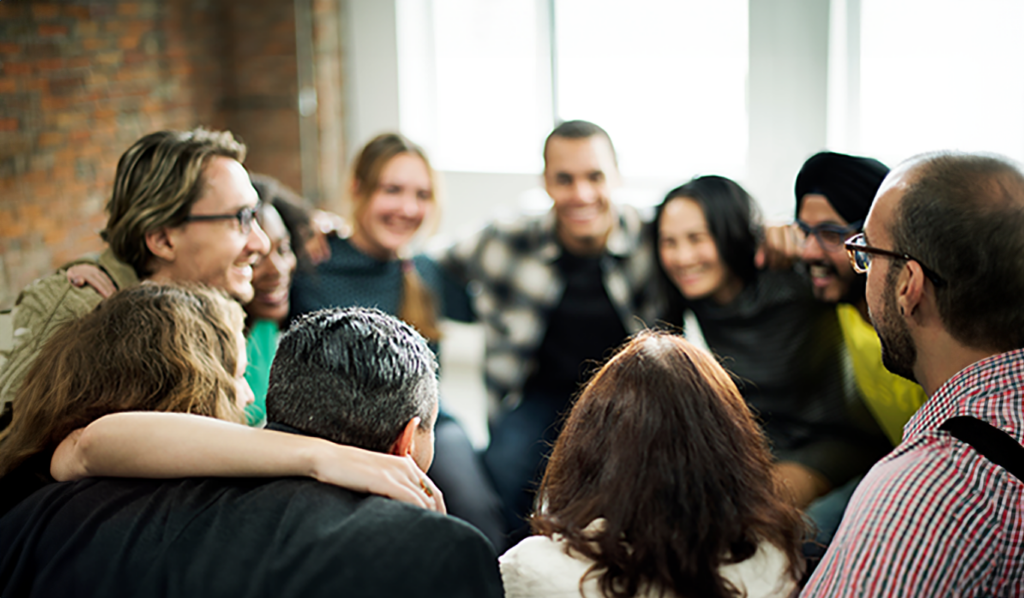
Touch is one way that people display affection for one another. Being touched releases ‘happiness’ chemicals, like serotonin, in our brain. Think about how many hugs you give and receive at a conference; it’s a social bonding ritual that has the power to boost your mood.
Touch also helps us engage on a deeper level with conference content. Think about second screen technology, like Chime Live, which allows participants to use iPads to zoom in and out of slides, rewind parts of the presentation and ask questions of the presenters. Giving attendees something to hold onto keeps them off their phones and helps them focus on what’s being presented onstage.
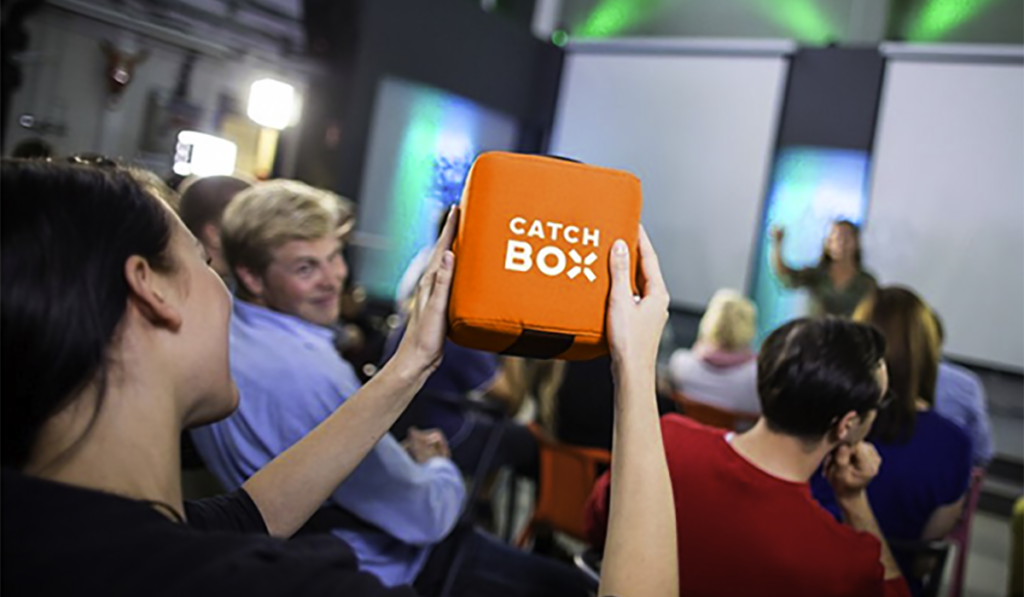
Tactile sensations also help us connect playfully with others. Have you ever seen an audience engage with a Catchbox throwable microphone? The act of tossing the mic and catching it elicits lots of giggles and smiles; it’s a fun way to shake up expectations for audience feedback and presenter Q&As.
Immersive experiences also benefit from including tactile learning experiences. For example, companies increasingly use virtual reality (VR) technology for on-the-job training. Another effective way to enhance learning comprehension is through the use of augmented reality (AR) and mixed reality technologies. Research has found that well-designed AR experiences cultivate problem-solving skills, improve learning outcomes and help people feel better about complex concepts. And mixed reality use increases learner satisfaction with content, technology and learning environments, even more than gamification. In fact, these multisensory educational tools not only enhance the learning experience but they increase overall interactivity and engagement with content.
The effect of taste on experience and memory
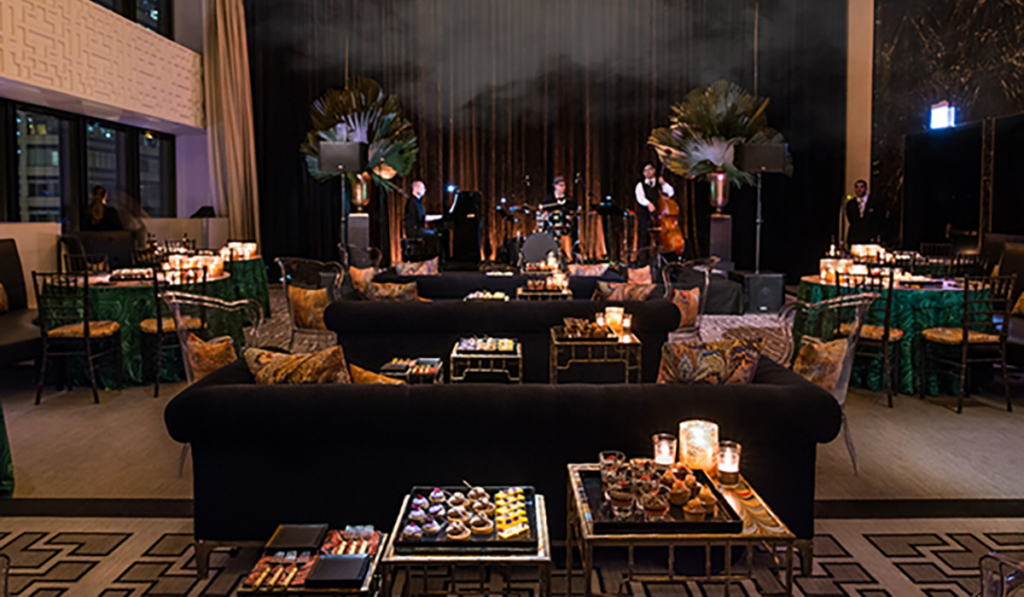
Experienced event professionals take pictures of how chefs plate food and incorporate that level of detail into event menus. The reason why this is important is because what food looks like influences how it tastes. This is backed up by research that also suggests the key to designing a memorable culinary experience is making it a multisensory affair.
For example, ambient music and background noise affects how food is consumed. Low levels of volume/music relax people and results in increased consumption of healthy foods whereas in a noisy environment, or one without any music, people are more likely to become excited and reach for unhealthy things to (over)eat.
One pro tip to consider at your next event? Play classical, pop or cinematic music to relax participants while they dine. This can help reduce sluggish, unfocused audience behavior post-meal that can come from attendees overeating unhealthy foods.
With Encore Music, you can choose a curated and already licensed playlist of any of these genres and beyond, influencing attendees to make choices that benefit their health — and your program’s engagement levels.
How lighting affects dining satisfaction
In another study, researchers found that lighting can affect everything from mood to meal choices, with diners at dimly lit tables often experiencing a greater sense of contentment.
Wireless LED table lamps are a great way to set this type of atmosphere. While creating a calming, low-light environment, they can also change hues for a soft glow of color that reinforces your event theming. Simply use an IR Remote or wireless control to change their hue on cue.
What meeting and event professionals can take away from this research is that by making intentional lighting and music choices, they can enhance their audience’s dining experience without spending more money on the food and beverage itself.
One way to transform a meal function into a memorable experience is to incorporate tactile and visual technology. For example, interactive menus could provide peace of mind for people with food allergies or prompts for how to assemble a dish with the rest of the people at your table. Or, subtly set the mood and enhance the food presentation by lining a buffet table with colored LED table lamps. If you want to really engage participants, consider using targeted projection mapping to create a culinary experience that weaves an event theme into the meal itself. For example, table projections of sea life or garden scenes could tie what’s on the plate to 360-degree video screens surrounding the participants, transporting your audience out of the ballroom and into an extraordinary immersive environment.
How aromas affect memory and mood
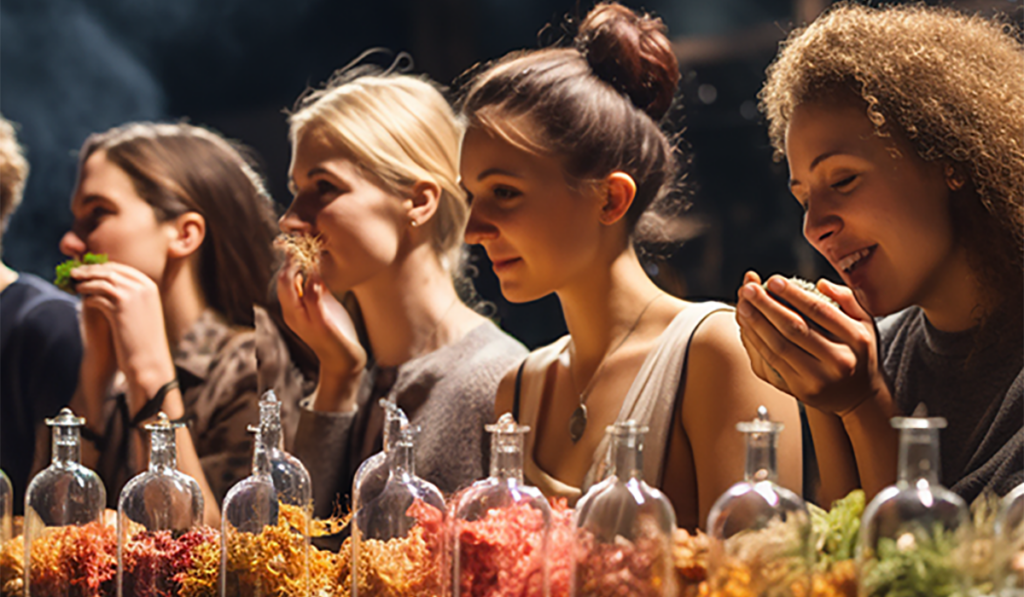
Aromas are processed by the same parts of the brain that handle associative learning and emotions. This is the main reason why this sense affects behavior, mood, memory and work performance.
Have you ever wondered why real estate agents encourage home sellers to bake cookies or display apples during open houses? It’s because they know that certain scents relax, engage people and put them in a receptive mood. You can do the same thing at your event by using essential oils or an AromaTherapy machine to subtly fragrance a room. Or use natural elements like flowers or branches as décor that engages the sense of smell.
Align scents you deploy with your desired audience behavior. For example, a recent Japanese study discovered that diffusing lemon scent through an office improved worker focus and performance, reducing errors by 50 percent and increasing productivity by 54 percent. Lemon would be a great aroma for strategic planning or training sessions. Research has found that rosemary reduces cortisol levels in the bloodstream, which means it would be a phenomenal scent to use if you want to reduce stress and help participants relax.
Why multisensory events matter

Education and networking remain the top reasons why people attend events. However, the pandemic has changed participant behavior. Audiences have different expectations, ways they want to engage and a hunger for nontraditional environments. Designing multisensory events meets all these needs by using proven methods for engaging areas of the brain that help people relax, learn, connect, enjoy and remember what they experience onsite.



